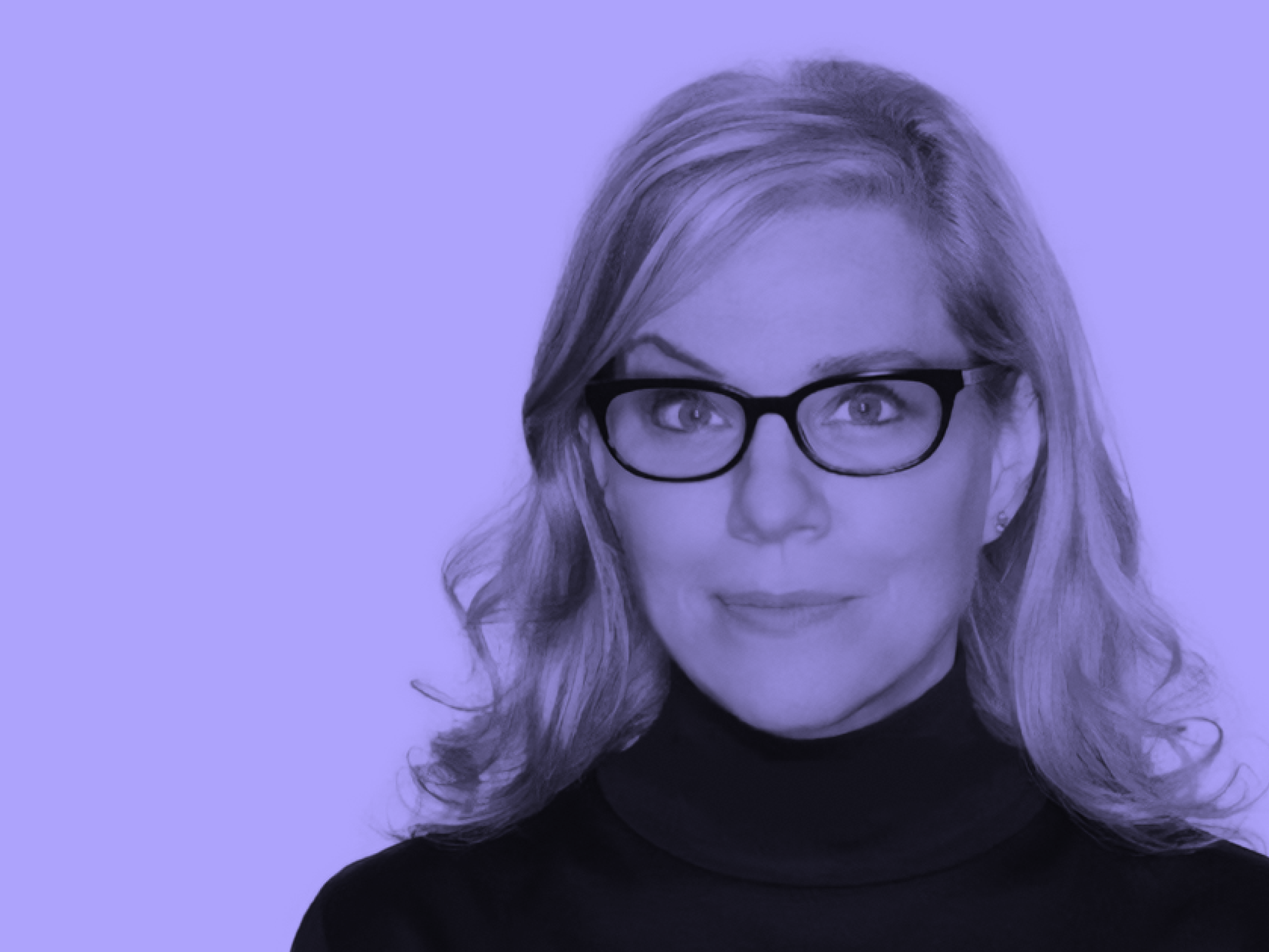
(in)Fringe 03: Blanket of Silence
Heading south from Vallejo’s shuttered naval installation on Mare Island and isolated along the fringes of the bay just southeast of San Francisco is Bayview-Hunters Point, one of the region’s most complex redevelopment sites. It’s no coincidence that another former naval base serves as the stage here for a clash of actors, from the behemoth housing developer Lennar Corp and mayoral officials, to US Navy contractors and the EPA, affordable housing and environmental justice groups, newly transplanted first-time homebuyers, artists, skilled and unskilled workers, and a multiethnic blend of low-income residents who have been more or less forgotten after an era of naval and commercial shipyard operations slowed to a halt in the 1960s and ’70s.
The Hunters Point Shipyard, one of several decommissioned naval stations around the bay, was extremely active during World War II. It drew thousands of black laborers from the South, who went on to experience active discrimination both during and after the war, which effectively left them in systemic poverty. It is also where critical components of the atomic bombs dropped on Hiroshima and Nagasaki in 1945 were partially assembled and loaded for transport. Today, as the city’s largest open tract of land, which is now undergoing a several billion dollar redevelopment, Bayview-Hunters Point is becoming one of the most significant urban housing, recreational, retail/business, neoliberal dreamworlds being materialized in the country, and perhaps the future crown jewel of the Bay Area’s unprecedented gentrification as well.
++
—It makes obvious a pattern of silence (and political lack of will) on the part of the city to more aggressively lead Lennar through the process rather than the other way around. Certainly, this is linked to the city’s longstanding chronic silence over decades on the shipyard’s direct correlations to health hazards and residential illnesses
—The seemingly deliberate slow-pacing of Lennar’s advances that appear to exploit the unending rise in land value for all its worth every step of the way, which is also linked to their own strategic back and forth vocal/non-vocal stances about the clean-up’s levels of success and failure
—The vocal and lack of vocal demand among black laborers for transitional jobs ever since the shipyard was closed that still plays out to some extent today. As Dr. Willie Ratcliff (publisher of the historic SF Bayview newspaper) put it in 2013 in response to the shift in black employment: “if you don’t say anything, it’s like those squeaky wheels: If you don’t squeak, nobody pays you any mind. We aren’t squeaking—we’re doing everything but that.”
—The choice of silence as a survival mechanism, and how the dilemma of not wanting to be involved for one’s own protection, to remain under the radar, continues within the very real and daily contexts of discrimination, gang violence, police abuse, fear of eviction and/or losing one’s job, that exist within Bayview
—Sadly, the more critical blanket of imposed silence that Hunters Point residents (a few of whom have still managed to keep their homes and businesses despite the forces of mass redevelopment) must wrestle with generation after generation as they continue their struggle to have their voice be heard without being displaced against their will; or, choosing to sell out and voluntarily leave the neighborhood caving under big government pressure
—And finally, the reverberations of this silence’s active contrast heard in the collective vocalizations from generations of unionists, activists, and other justice efforts from the past, that continue to assemble for the greater Black Lives Matter movement.
Observed
View all
Observed
By 52-Blue
Related Posts

Civic Life
Ellen McGirt|Audio
Compassionate Design, Career Advice and Leaving 18F with Designer Ethan Marcotte

Design of Business | Business of Design
Ellen McGirt|Audio
Love Letter to a Garden and 20 years of Design Matters with Debbie Millman

Business
Ellen McGirt|Audio
Redesigning the Spice Trade: Talking Turmeric and Tariffs with Diaspora Co.’s Sana Javeri Kadri

Design of Business | Business of Design
Ellen McGirt|Audio
Making Space: Jon M. Chu on Designing Your Own Path
Recent Posts
Courtney L. McCluney, PhD|Essays
Rest as reparations: reimagining how we invest in Black women entrepreneurs Food branding without borders: chai, culture, and the politics of packaging Why scaling back on equity is more than risky — it’s economically irresponsible Beauty queenpin: ‘Deli Boys’ makeup head Nesrin Ismail on cosmetics as masks and mirrorsRelated Posts

Civic Life
Ellen McGirt|Audio
Compassionate Design, Career Advice and Leaving 18F with Designer Ethan Marcotte

Design of Business | Business of Design
Ellen McGirt|Audio
Love Letter to a Garden and 20 years of Design Matters with Debbie Millman

Business
Ellen McGirt|Audio
Redesigning the Spice Trade: Talking Turmeric and Tariffs with Diaspora Co.’s Sana Javeri Kadri

Design of Business | Business of Design
Ellen McGirt|Audio
